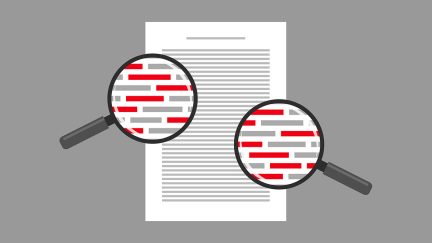For more stories like this, sign up for the PLANSPONSOR NEWSDash daily newsletter.
IRS Issues Proposed Regs on Anti-Cutback Rules
The proposed regulations under Section 411(d))(6) provide guidance on when a plan amendment may change a benefit entitlement with respect to benefits accrued prior to that date. They also adopt the “utilization test” set forth by the Court in Central Laborers’ Pension Fund vs. Heinz , 541 U.S. 739 (June 7, 2004) (see Pension Fund Violated ERISA’s Anti-Cutback Rule ).
EGTRRA directed the Treasury Department to issue regulations that permitted amendments to plans that reduce or eliminate early retirement benefits or retirement-type subsidies that reduces burdens or complexities for the plan or the participants unless the amendment had the effect of adversely impacting the rights of a participant in more than a de minimis way (see IRS Issues Guidance on Anti-Cutback Case Enforcement ).
The final rules allow for the reduction or the elimination of certain protected benefits through two methods. Plans must satisfy each of the conditions of the method used. No amendment is permitted if it affects any participant in more than a de minimis manner.
Utilization Test
The proposed rules adopt the “utilization test” and also address the interaction of the forfeiture rules under Section 411 with the anti-cutback provisions of that Section. Under the utilization test, a plan cannot amend or eliminate a core option (such as a life annuity). To eliminate a non-core benefit, the amendment must satisfy two conditions:
- the generalized optional benefit form is available to a substantial number of participants (at least 100 participants) during the relevant look back period; and
- no participant must have elected the optional benefit form that is within it’s generalized from during the relevant look back period.
A generalized optional benefit form is a group of optional benefit forms that is identical except for differences that occur due to actuarial considerations that are used to calculate the amount of the distributions.
Comments Requested
Comments to the proposed regulations are due by November 10, 2005. Submissions should be sent to: CC:PA:LPD:PR (REG-156518-04), Room 5203, Internal Revenue Service, P.O. Box 7604, Ben Franklin Station, Washington, DC 20044, or may be hand delivered Monday through Friday between the hours of 8 a.m. and 4 p.m. to: CC:PA:LPD:PR (REG-156518-04), Courier’s Desk, Internal Revenue Service, 1111 Constitution Avenue, NW., Washington, DC.
Comments may also be submitted electronically, via the IRS Internet site at http://www.irs.gov/regs or via the Federal eRulemaking Portal at http://www.regulations.gov (indicate IRS and REG 156581-04), according to the notice.
– John N. Smith III


